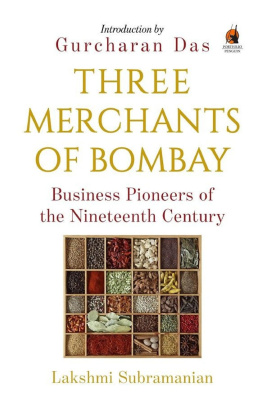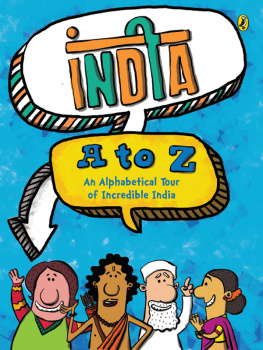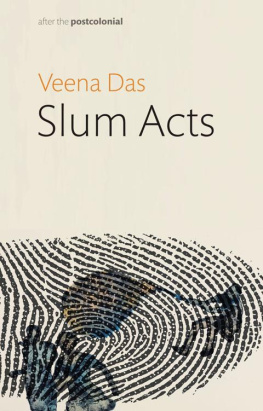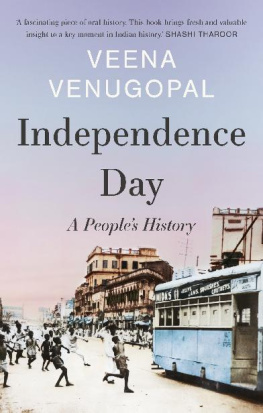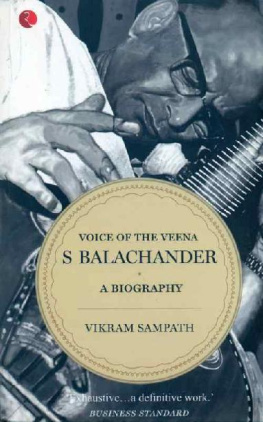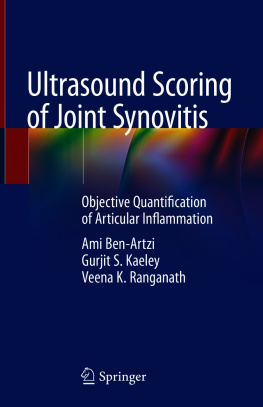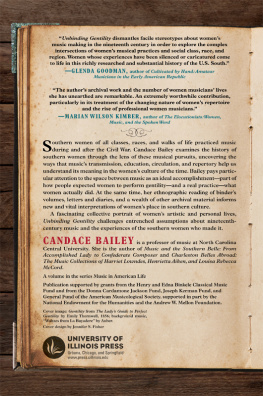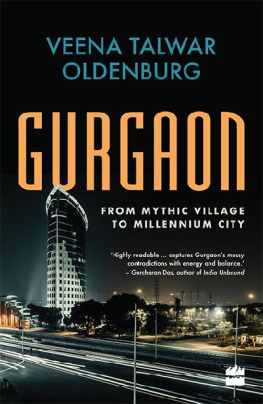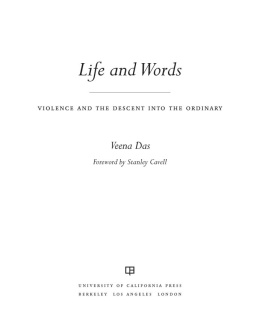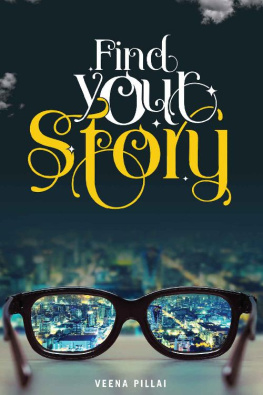Pathfinders
Series Editor: DilipM.Menon
Department of History, University of Delhi
This series explores the intellectual history of South Asia through the lives and ideas of significant individuals within a historical context. These pathfinders are seen to represent a break with existing traditions, canons and inherited histories. In fact, even the idea of South Asia with its constituent regions and linguistic and religious divisions may be thrown into crisis as we explore the idea of territory as generated by thought. It is not cartographic limits that determine thinking but the imagining of elective affinities across space, time and borders. These thinkers are necessarily cosmopolitan and engage with a miscegenation of ideas that recasts existing notions of schools of thinking, of the archive for a history of ideas, and indeed of the very notion of national and regional limits to intellectual activity. The books in this series try to think beyond the limited frameworks of colonialism and nationalism for the modern period and more generally of histories of societies that are told through the prism of the state, its institutions and ideologies.
These slim volumes written by leading scholars are intended for the intelligent layperson and expert alike, and written in an accessible, lively and authoritative prose. Through telling the lives of celebrated names and lesser known ones in context, this series will expand the repertoire of ideas and individuals that have shaped the history and culture of South Asia.
Also in the Series
Javed Majeed
Muhammad Iqbal: Islam,Aesthetics and Postcolonialism
ISBN: 978-0-415-44578-8
First published 2009
by Routledge
912-915 Tolstoy House, 15-17 Tolstoy Marg, New Delhi 110 001
Simultaneously published in the UK
by Routledge
2 Park Square, Milton Park, Abingdon, Oxon, OX14 4RN
Routledge is an imprint of the Taylor & Francis Group, an informa business
Transferred to Digital Printing 2009
2009 Lakshmi Subramanian
Typeset by
Star Compugraphics Private Limited
D-156, Second Floor
Sector 7, Noida 201 301
All rights reserved. No part of this book may be reproduced or utilised in any form or by any electronic, mechanical or other means, now known or hereafter invented, including photocopying and recording, or in any information storage and retrieval system without permission in writing from the publishers.
British Library Cataloguing-in-Publication Data
A catalogue record of this book is available from the British Library
ISBN: 978-0-415-44611-2
abhinaya Facial expression of a sentiment in dance and drama; the art of mime
abhysa gna Music lessons, rudimentary exercises in the form of short songs
akra sdhakam Vocal exercises around the vowel a
aksara Syllable
lpana/lp Improvised exposition of a melody
nanda Vikatan A popular Tamil weekly
Aamalai University Established in 1929 by Dr Sir Rajah Aamalai Chettiar, it was intended to promote classical scholarship in Tamil and adopt a modern approach to learning.
anti-Nautch A movement launched in 1882 against the practice of dedicating young girls to temples. Public performances on official occasions by dvadsi dancers were criticised and subsequently banned.
anusrai The upper secondary string of a via
roha/roha An ascending series of notes making up a type of melody
arudi Lit. stop; also means a phrase that concludes a movement or section
sthna vidwn A musician attached to a palace or court establishment
avarohaa A descending series of notes used to characterise/ identify a rga
bi/pi A musical style, sometimes associated with a specific family or lineage
bhgavatar An honorific prefixed to a celebrated musician; also means music teacher
bhva Feeling, emotion, sentiment
bn North Indian v, also known as the Rudravina. It is a stick zither an instrument type with a long and illustrious history in India. It has two large gourd resonators attached below each end of a straight, hollow bamboo or wooden body.
cinna mam Small ensemble, dance troupe attached to temples
dvadsi A female dancer belonging to a community of hereditary ritual practitioners attached to temples
dhrupad The oldest surviving form of north Indian classical music, it has a complex and elaborate grammar and aesthetics.
gamaka Embellishments based on individual notes or groups of them, used primarily to bring out a whole range of microtonal differentiation. Its use is characteristic of certain styles which, in turn, emphasise extreme melodic sensitivity in musical interpretation and treatment.
gyaki In Hindustani music, the term refers to a type of instrumental music endowed with vocal qualities. In south Indian classical music, the term refers to the ability of the instrumentalist to maintain the integrity of meaning and feelings in a composition based on lyrics.
Ghanam A style of singing which celebrated musicians like Bobilli Kesaviah and Ghanam Krishna Iyer specialised in; associated with stillness and grandeur
harikath Musical discourse on a religious theme
jvai A love poem set to lilting music; used in dance
kaccri Public concert
Karaka Sangta The classical music system of southern India, whose most conspicuous features are the 72 fundamental scales as well as an intricate system of rhythm
Karik The anglicised word for Karaka Sagta
khyl A modern vocal genre in north Indian classical music
krtana/kriti Musical composition
kuam Lit. pot; the wooden resonator of a v
lakaa Lit. definition or scope; characteristic features of a rga
lakya Lit. perceptible or example; phrases found in compositions illustrating the features of a rga
laya The rhythmic aspect of Indian music
mandaram(m) Lower octave
magaam Auspiciousness
magaavandulu The caste appellation used by C. R. Day to describe the members of the temple orchestra
mlakart A system of scales designed to help musicians and composers to deal with several hundreds of melodies by distributing them between a number of distinct and designated scales
meu Musical structure of a song
mdagam Double-faced drum
murai Way of life
ndabrahm Musical sound perceived of as divine consciousness
ndasvaram A family of double-reed instruments used on auspicious occasions; the longer, more common bari and the shorter, high-pitched timiri
ndopsana Worship through music
Nyastra The earliest and best-known Sanskrit treatise on drama, dance and music


